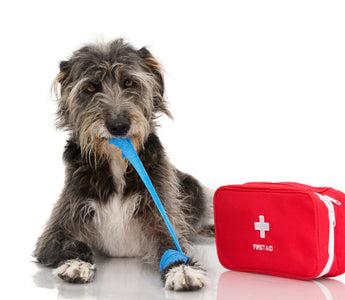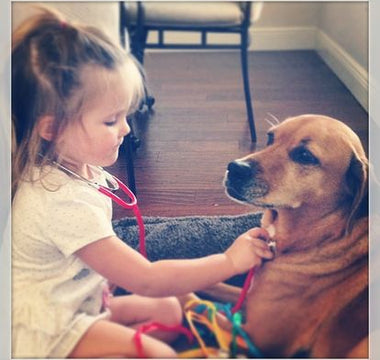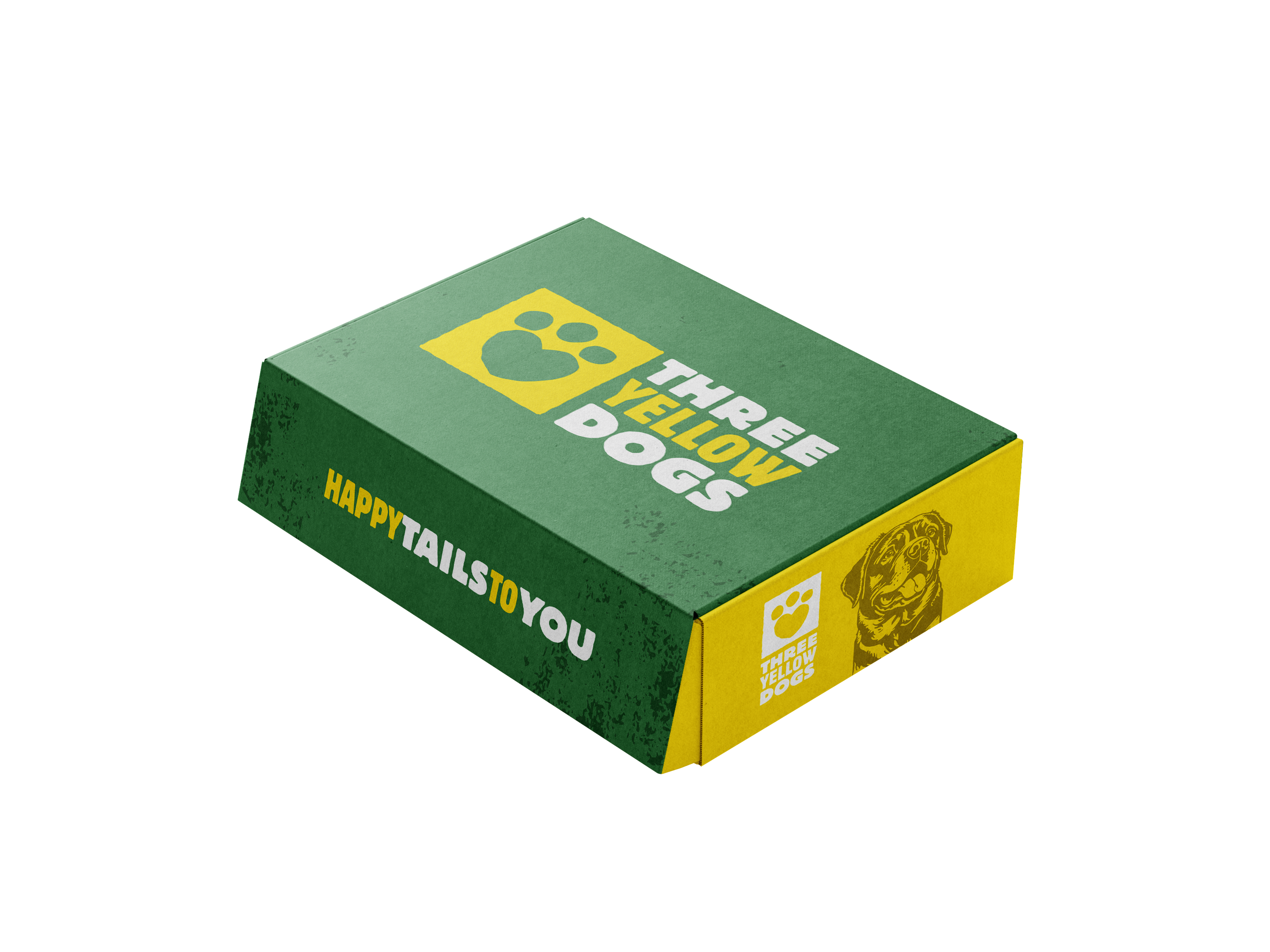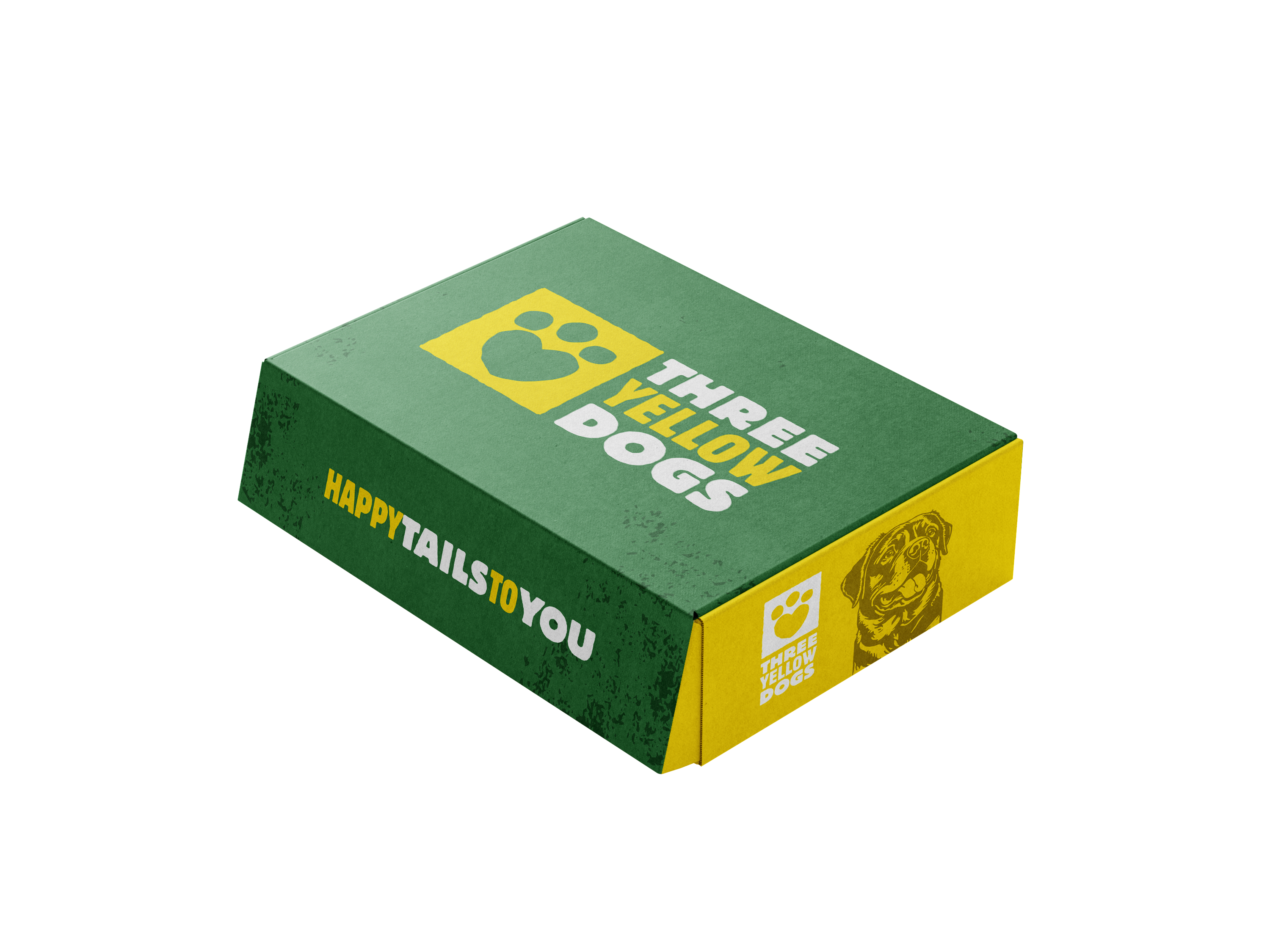We adore our pets and want to give them the best life possible. We provide them with the best food, fresh water, high-quality toys, treats, cozy beds, and even designer outfits—because they're family. Yet, it's surprising to learn that 9 out of 10 pet owners don't know basic pet first aid skills. According to the People's Dispensary for Sick Animals (PDSA), a veterinary charity in the United Kingdom, 75% of pet owners surveyed wouldn't know how to perform CPR on their pets. Additionally, 74% wouldn't know how to handle a pet seizure, and 52% would be at a loss if their dog or cat broke a bone.
Furthermore, 80% of pet owners don't own a first aid kit, indicating just how many feel unprepared for pet-related emergencies like seizures, heatstrokes, or road traffic accidents. Why is this the case? If we truly care for our pets like family, shouldn't we want to be prepared to help them in emergencies, possibly saving their lives? This article aims to cover the most common pet emergencies so that you can be better equipped to help your furry companions when needed. I'm not reinventing the wheel, but I'm bringing all this information together to help you act quickly in an emergency. Get your pen and paper ready, it's time to dive in.
Pet Poisoning: Recognizing and Addressing It
Pets can be exposed to toxins in various ways. Many common household items, like cleaning products, antifreeze, and rodent poisons, can harm pets. Food, plants, and other substances also pose risks. Understanding how to respond in an emergency involving poisoning is essential.
Check the Label
If your pet's skin or eyes come into contact with a toxic product, start by checking the product's label for safety instructions for human exposure. Follow these guidelines for your pet:
- Wash with Soap and Water: If the label suggests washing with soap and water, do the same for your pet's skin (but avoid their eyes, nose, and mouth).
- Flush with Water: If the label advises flushing the skin or eyes with water, do so for your pet and immediately contact a veterinarian.
Get Help
If your pet ingests or contacts something harmful, or if they are experiencing severe symptoms like seizures, unconsciousness, or breathing difficulties, call your veterinarian, an emergency clinic, the Animal Poison Control Center hotline (888-426-4435), or the Pet Poison Helpline (855-764-7661) immediately. A consultation fee may apply.
Have This Information Ready:
- Pet's species, breed, age, sex, weight, and the number of pets involved.
- Symptoms observed.
- Name/description of the toxic substance and how much your pet was exposed to.
- Product container/packaging and any material your pet may have vomited or chewed.
Handling Fractures, External and Internal Bleeding
- Fractures: Lay your pet on a flat surface and stabilize the injury with a bandage or splint. If uncertain, leave this to the vet. For large dogs, a stretcher like a board or blanket can help.
- Internal Bleeding: If you notice signs like bleeding from the nose, mouth, or rectum, coughing up blood, bloody urine, pale gums, collapse, or weak and rapid pulse, keep your pet warm and calm, then go to the nearest veterinary hospital.
- External Wounds: Apply firm pressure with a clean cloth or towel to the bleeding site. If severe, go to the vet immediately without removing the applied towel/cloth if blood soaks through; just add more layers.
Treating Burns, Eye Injuries, and Snake Bites
- Burns: Flush the burn with room-temperature water and cover with damp towels. Seek immediate veterinary care.
- Eye Injuries: Use saline solution to flush out dirt or debris from the eye. Don't grab the object with tools or fingers. Prevent rubbing and seek veterinary care immediately.
- Snake Bites: Assume the snake is poisonous. Seek veterinary care right away. If safe, take a photo of the snake for identification.
Dealing with Heatstroke and Shock
- Heatstroke: Symptoms include rapid breathing, excessive drooling, weakness, vomiting, or diarrhea. Start cooling your pet by placing damp towels on their neck, armpits, and groin. Do not use cold water, and use a fan if available. Take them to the nearest veterinary hospital.
- Shock: Signs include weak pulse, shallow breathing, nervousness, or dazed eyes. Keep your pet warm, restrained, and quiet, and immediately seek veterinary care.
Handling Seizures
If your pet has a seizure:
- Keep them away from objects that might cause harm.
- Do not restrain or try to startle them.
- Time the seizure.
- After it stops, keep your pet warm and quiet, and contact your veterinarian or emergency hospital.
Seek immediate veterinary help if:
- The seizure lasts longer than 5 minutes.
- There are two or more seizures within 24 hours.
- Seizure activity doesn't stop.
Addressing Choking
For choking pets:
- Calmly assess the situation. If possible, open your pet's mouth and carefully remove any visible objects. Be gentle to avoid pushing objects further down.
- For cats and small dogs: If you can't remove the object with your fingers, pick them up by their thighs and swing gently from side to side. If that doesn't work, apply forward pressure to the abdomen just behind the rib cage.
If other methods don't work, perform the Heimlich maneuver:
Heimlich Maneuver
- Standing Dog: Wrap your arms around its belly, make a fist with one hand, and push up and forward behind the rib cage with the other hand.
- Lying Dog: Place one hand on the back for support and use the other to squeeze the abdomen upwards and forwards.
After attempting the Heimlich maneuver, check the dog's mouth for any dislodged objects and carefully remove them.
If your pet isn't breathing:It's time for CPR
-
Rescue Breathing: Hold the pet's mouth closed, breathe into their nose until the chest expands, then continue with 10 rescue breaths per minute.
-
Chest Compressions: For small pets, squeeze the chest with one hand; for larger pets, press the chest 100-120 times per minute. Alternate with rescue breaths (30 compressions and 2 breaths).
Handling a pet emergency can be terrifying. Even just researching and writing about it makes me uneasy. The thought of something happening to one of my fur babies is anxiety-inducing. Yet, having experienced emergency situations before, I understand how crucial it is to be prepared. A quick and informed response can be the difference between life and death for your pet.
Knowing what to do if your pet is poisoned, injured, has heatstroke, seizures, or any other emergency can save their life. It's vital to be prepared and to act swiftly when needed. Always, seek veterinary care promptly in any emergency.
I hope that you have gotten a lot of good information about pet first aid. I strongly suggest researching, watching videos, and even taking a course that's offered by the American Red Cross. It could make a life-saving difference for your pet.
References:
https://firstaidforpets.net/choking-dog-help/
https://www.avma.org/resources-tools/pet-owners/emergencycare/first-aid-tips-pet-owners
https://www.countryliving.com/uk/wildlife/pets/a43682561/pet-first-aid-warning-pdsa/
To learn more and to register for American Red Cross' online course, visit www.redcross.org/catdogfirstaid.










